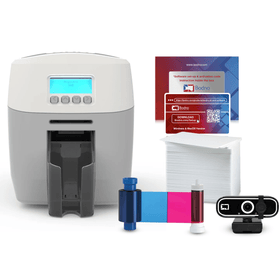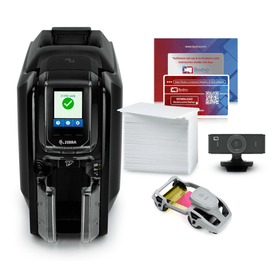ID cards and badges are put to test within many environments making it necessary to replace them frequently. With limited resources and budgets, many businesses are in search of ways to better manage ID issuance programs and get the most out of their investment. The tips that are shared below can help extend the life of school ID cards so that you can get the best bang for the buck for your ID card printers.
Use Composite ID Cards
Composite ID cards are manufactured using PVC and PET material in the proportion of 60:40. These cards are more durable and can last through the school year when compared to PVC ID cards. This is particularly true in the cases mentioned below:
- The ID cards being swiped against a magnetic stripe reader repeatedly by the students.
- Constant exposure of these ID cards to hot temperatures.
- Badges and cards being made with a retransfer ID card printer that makes use of high heat for printing.
The process of retransfer printing makes use of a considerable amount of heat to ensure the successful emulsion of retransfer film to the ID card. Therefore, it is best to avoid using PVC-only cards as they can warp while being printed, due to the excessive heat involved in the process.
Use Retransfer ID Card Printers
As per the experts, ID cards that are made on retransfer printers are 25 percent more durable than cards made on other types of ID printers. Why is it so? Retransfer technology makes use of the underside of the film for the purpose of printing, after which the images are heat rolled to the surface of the card. Thereby resulting in a lasting print.
Proximity or technology cards work best when reverse transfer ID card printers are used to print them. In these printers, the print head does not come in contact with the ID card which can be very advantageous as these cards have embedded circuits or antennas and uneven surfaces that can be damaged by heat.
Laminate ID Cards
Lamination can extend the life of ID cards as it can protect the card from wear. Lamination is a holographic or clear layer that is applied after printing the card. It is available in various thicknesses and acts as a barrier that protects the text and images on your cards. With lamination, you can have a much more durable card and it can be an optimal option for high usage cards that are swiped regularly through a card reader.













 Software
Software Upgrades
Upgrades Support Plans
Support Plans Self Serve
Self Serve Printer Setup
Printer Setup



